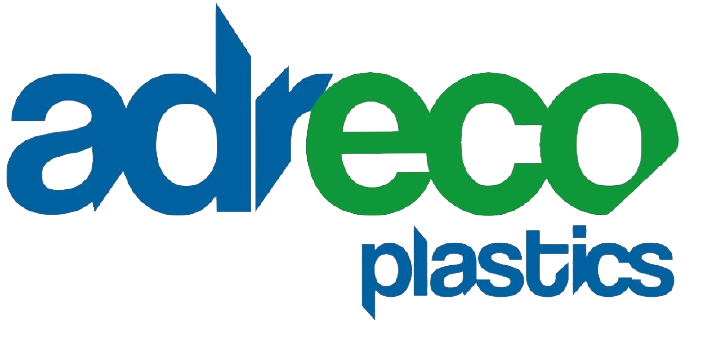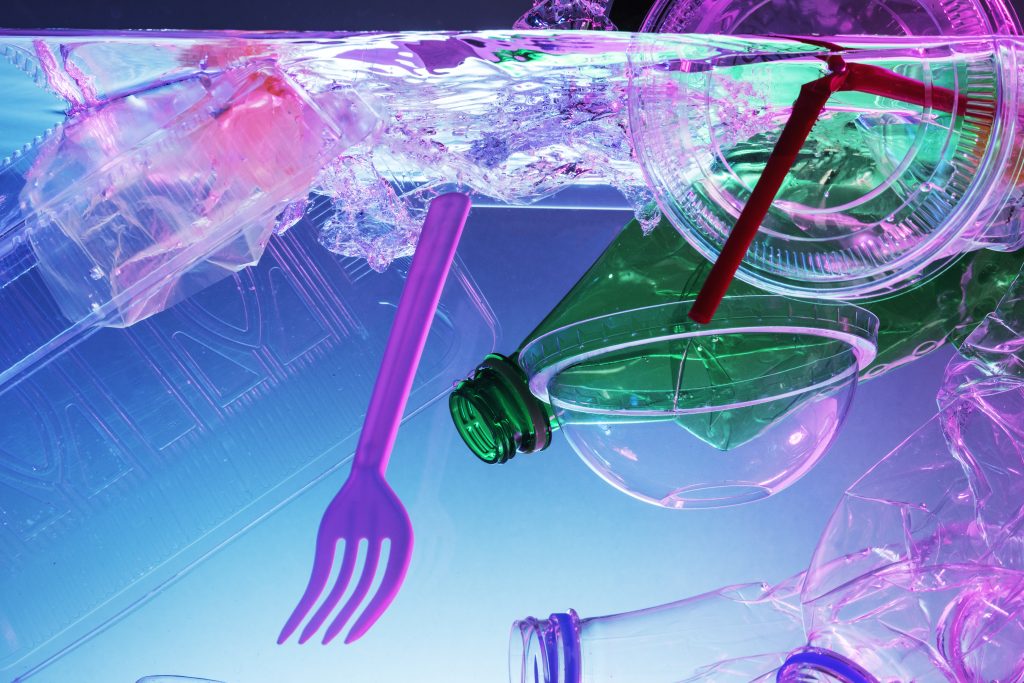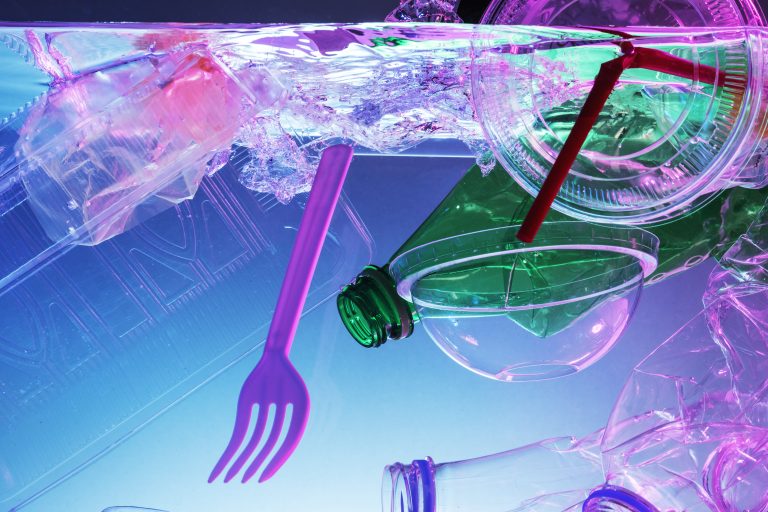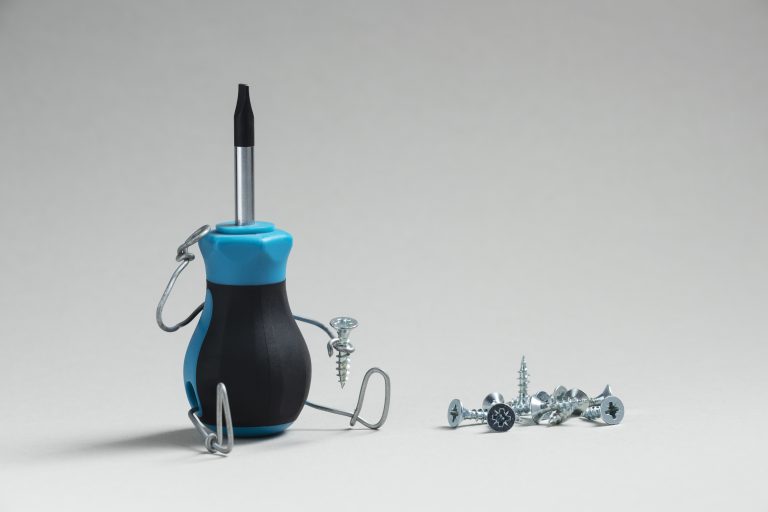The move towards using zero-waste dissolvable plastics in packaging and across various industries is continuing apace, as companies and consumers seek to live, work and shop more sustainably. There are effective examples of zero-waste plastic alternatives out there that can help reduce the use of plastic altogether, such as switching to cardboard packaging or ordering supplies in bulk. However, there are certain situations when plastic packaging cannot be completely avoided. This is where biodegradable, or dissolvable plastics, can come into their own. Zero-waste dissolvable plastics are made using chemicals and materials that break down naturally over time. They can be added to compost, broken down in water or left out for recycling.
This all means that plastic packaging is no longer such a problem for landfills and will not add any further to air pollution levels through needing to be incinerated. Switching away from more ‘traditional’ plastics also enables businesses and individuals to cut down on the space needed to store discarded packaging before it can be transported to a landfill. Dissolvable plastic in packaging is therefore crucial in many different sectors, including agriculture, where there is a lot of plastic packaging needed for animal feed, seeds, cleaning chemicals, veterinary supplies and more.
Why zero-waste dissolvable plastics could be the answer to greener packaging
So, how can choosing to use zero-waste dissolvable plastics make such a difference to packaging in the agricultural sector and beyond? A large part of the plastics packaging problem revolves around single-use plastics. We unwrap the product and discard the plastic without giving it much of a second thought. Meanwhile, the non-biodegradable plastics mount up and remain in landfills for years before they start to break down. This is why many farmers are singing the praises of sustainable agriculture with dissolvable plastics.
Moving to dissolvable plastics for single-use applications, such as soap and cosmetics packaging, magazine and newspaper coverings, and food and beverage packaging, can drastically reduce the amount of waste products left behind. We can simply add the dissolvable plastics to the recycling, blend them with water to break them down or mix them in with the compost to return them safely to the soil once dissolved.
Using zero-waste dissolvable plastics also helps reduce – and hopefully one day eliminate – dangerous microplastics getting into habitats and ecosystems, harming wildlife and leaving their residues in the world for a very long time. Microplastics come from all kinds of plastic uses, from domestic to agricultural, commercial to industrial. They get into the food chain, affecting every stage right up to humans who unknowingly ingest them when they eat or drink contaminated produce.
How zero-waste dissolvable plastics can help with reducing plastic pollution in farming
Dissolvable plastics can often replace temporary irrigation components for agricultural use, such as drip tapes that work to water crops in drier conditions. These are often made from plastics that degrade over time and release microplastics, straight into the crops they are supposed to be watering. Zero-waste dissolvable plastics are robust enough to manufacture useful agricultural items, and then, when they are no longer needed, they can be blended, composted or recycled to reduce waste at the end of their usefulness.
Biodegradable mulch films made from compostable bioplastics are also highly effective in farming when they are employed to suppress weeds in gardens and fields. They help the soil to retain moisture and, at the end of the growing season, can simply be can be tilled into the soil and allowed to biodegrade naturally. This makes their management easier for busy farmers and eliminates the need for removal and disposal. In fact, zero-waste dissolvable plastics are often made from bio-based materials, which cuts down our reliance on finite fossil fuels to make plastics and minimises leaching of harmful chemicals into the soil.





